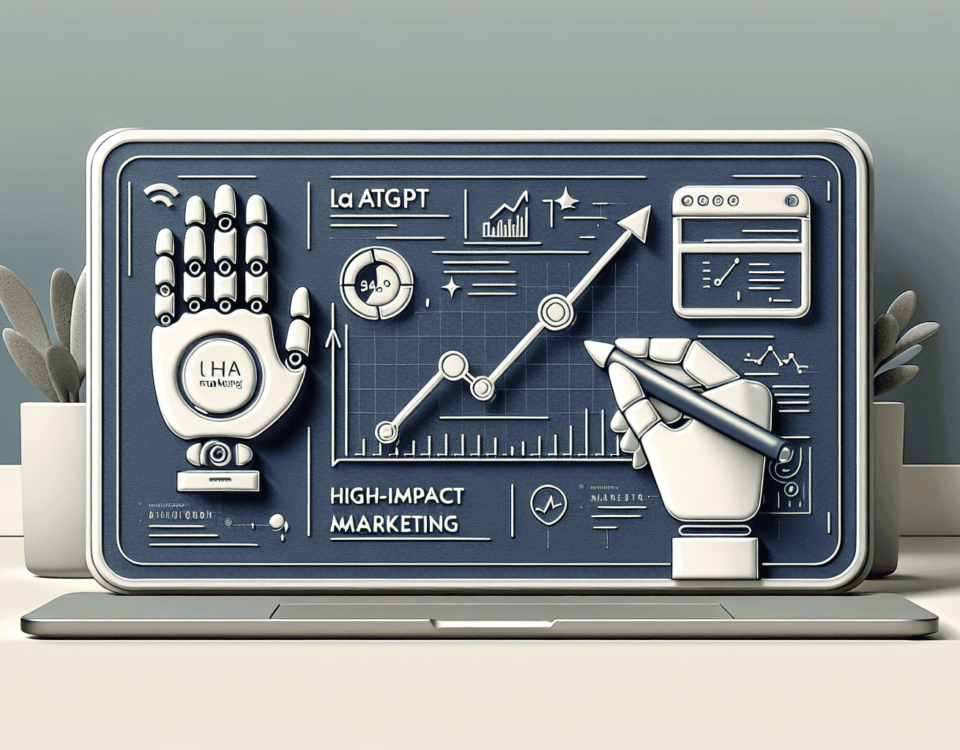The Dawn of Modern Environmentalism and Its New Measure
When humankind first saw the “Earthrise” photograph captured during the Apollo 8 mission in 1968, a paradigm shift occurred. This astonishing image, displaying our blue planet hanging delicately against the expanse of space, signaled a newfound self-awareness. The conversation around environmentalism shifted from theoretical to palpable; we weren’t just living on earth, we were part of a fragile ecosystem floating in the void. This photograph became more than a picture – it became a ruler, a visual touchstone by which we’ve begun measuring our responsibility to our planet.
Seeing Earth from the universe’s perspective, a planet whose entirety we could suddenly grasp, fundamentally changed our approach to our place in nature.
The environmental pioneers like John Muir and Rachel Carson led us to this threshold, but the tangible reality that “Earthrise” presented forced us to recalibrate. It was a prompt switch from one way of thinking to another; an immediate realization that the old measurements of industry and progress could not account for the environmental cost they incurred. The intrinsic value of our planet’s health rapidly gained currency in our collective consciousness.
Statistics show that more than half of the global population now recognizes climate change as a major threat. This proportion only continues to grow, establishing the sheer gravity of modern environmentalism—a benchmark we are still trying to navigate in our policies and practices.
The Cultural Landslide: Adjusting Our Bearings in a Changing World
The cultural terrain is inherently unstable; it shifts beneath our feet often without warning. Past norms and benchmarks falter as our collective consciousness evolves. In corners of our society, we find ourselves disoriented, clinging to outdated metrics, not realizing that the landscape has already changed beneath us.
Take, for example, the explosive dialogue around diversity and representation. Statistics from media studies highlight a demand for inclusivity—a stark contrast to the homogeneous storytelling of yesteryear. The appetite for content that mirrors the diversity of lived experiences has upended traditional media metrics geared towards a uniform audience.
In recognizing these cultural shifts, we stumble upon the realization that the rulers we once used are now relics of a bygone era. Our value systems are undergoing rapid transformation—technological advancement, social revolutions, and political reconfigurations are just a few of the factors continuously redrawing our cultural boundaries.
Corporations that once measured success purely in economic terms are now forced to consider the social impact and sustainability of their actions. Consumers, empowered by information and interconnectedness, are recalibrating the worth of products and services, placing a premium on corporate social responsibility and ethical engagement.
Shifting values necessitate new measures, and in this uncharted territory lies immense opportunity for innovation and growth.
Outdated Tools in a Digital Era: The Work-From-Home Debate
The seismic shift to remote work during the pandemic compelled organizations to reassess their criteria for productivity. The traditional nine-to-five, physically present in an office, is a ruler that seems increasingly archaic in a digital world where output and outcomes speak louder than hours spent at a desk.
Yet, the transition is fraught with contention. The mental model that equates time with money remains embedded within corporate infrastructure and culture. We live by this metaphor, as George Lakoff and Mark Johnson illuminated, and it permeates our language, our norms, our very perception of labor. The notion of “putting in the hours” is ingrained, making it challenging to embrace a paradigm where productivity is untethered from time spent on the clock.
Empirical evidence and studies support the efficacy of remote work, with many companies reporting stable or even increased productivity levels. However, without updated metaphors and measures for work, full acceptance remains elusive for some. With every video conference call, we negotiate the synchrony of traditional expectations with the realities of our evolving work culture.
The metrics for job performance, employee engagement, and organizational success are undergoing a renovation. Leaders are now tasked with creating and endorsing new benchmarks that accommodate a future where the physical office is just one part of a larger, more flexible work ecosystem.
To apply old measures to new ways of working is to blunt the potential of our innovation and spirit of adaptability. It risks stalling progress in an era defined by rapid change and the necessity of agile responses.
Love in the Time of Self-Actualization: Marriage’s New Metrics
Marriage, as an institution, has undergone profound changes, particularly within the Western context. The romanticized ideal of love, once the apex of marital success, is folding into the broader, enriching canvas of self-actualization. As Eli J. Finkel’s research reveals, the “Suffocation Model of Marriage” posits that people now seek not only love and intimacy but also the environment for personal growth and self-fulfillment within their union.
This new metric influences how couples approach their relationships and what they expect from them. Certification of a happy marriage is no longer merely about enduring love or companionship; instead, it also entails mutual development and the encouragement of each other’s aspirations.
The discourse around marriage has shifted from a singular measure to a more nuanced understanding that encompasses the desires for self-esteem, self-expression, and personal fulfillment. As the expectations from marriage climb Maslow’s hierarchy, the old ruler—”love conquers all”—requires refinement to capture the relationship dynamics of modern times.
Our current lexicon still romanticizes the yesteryears’ notion of love; nearly every song, movie, or novel fixates on it. But as lifestyles evolve and social norms advance, what we seek in a lifelong partnership expands beyond the simple binaries of the past.
The implications of this shift are vast, influencing everything from marital counseling to the social policies designed to support families. The suffocation model becomes a clarion call for a recalibration of our understanding and expectations of marriage—a unit of measurement attuned to contemporary life.
From Innocence to Imagination: Evolving Notions of Childhood
Perceptions of childhood have dramatically transformed over the centuries. From seeing children as miniature adults to recognizing the unique developmental stage of childhood, culture has reframed its approach to nurturing the young.
Iconic media giants like Disney and Warner Brothers revolutionized the dimensions of childhood by offering new measures. Disney’s magnum opuses breathed life into the imagination, portraying childhood as a universe of creativity and enchantment.
Warner Brothers, on the other hand, saw the sophisticated potential in children. The sharp wit and subversive humor in their cartoons signaled a belief that children could engage with concepts well beyond their supposed comprehension.
These pioneering visions of childhood redefined its essence—moving the focus from innocence to metrics of creativity and awareness. In doing so, they opened the portals for adults to engage with children’s worlds, cultivating a rich cross-generational dialogue that sparks joy and wonder across ages.
Each portrayal of childhood introduced new vocabularies, experiences, and expectations, expanding the realm of what constituted a ‘good’ childhood.
Today, the legacies of these notions continue to shape our educational systems, parenting styles, and even consumerism focused on children’s products and experiences.
The Brand’s Role in Shaping New Cultural Measurements
Brands stand at the intersection of culture and commerce, wielding the power to introduce new paradigms and metrics of value. When brands discern the changing tides of cultural landscapes, they capture more than market share—they capture hearts and minds.
- They drive innovation by promoting new standards, broadening horizons beyond traditional yardsticks.
- They craft narratives that challenge the status quo, fostering an ecosystem where change is not merely possible but celebrated.
- They become educators, guiding audiences through unfamiliar territory with a clarity that eases the transition to new norms.
- They serve as global connectors, bridging disparate values and experiences into a cohesive new worldview.
- They operate as agents of transformation, equipping societies with the tools to measure and appreciate the full spectrum of cultural evolution.
With each advance into uncharted cultural terrain, brands have the capacity to redefine how we measure what matters to us. This transcends mere product positioning; it’s about nurturing the evolution of our collective consciousness.
Engaging with your audience to introduce a new cultural metric is a dialogue—a symbiotic process where understanding and meaning are cocreated. In a world ripe with transition, those brands that can navigate the complexities of our shared human experience, with empathy and foresight, are the ones that will lead us into a future abundant with possibility.
Embracing novel cultural metrics is more than a branding strategy—it is an acknowledgment of our growing, shifting identities. It is a commitment to a future where we are defined not by the antiquated rulers of the past but by our remarkable capability to adapt, evolve, and measure anew.




